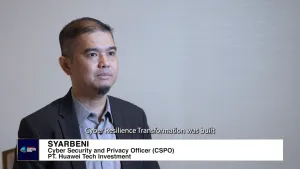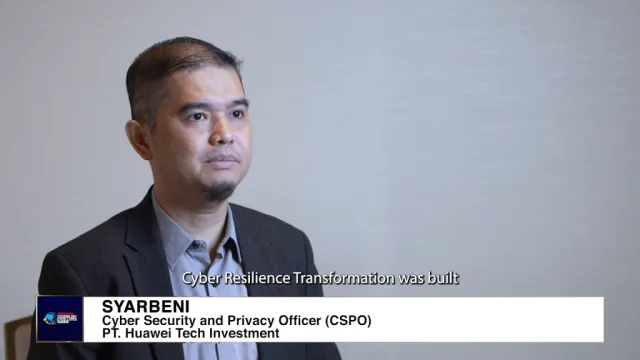
Asia’s commercial rates contracts in Q1 2025
This is the fifth consecutive quarter that rates have fallen.
Insurance rates in Asia fell by 3% in the first quarter of 2025, driven by a competitive market environment and continued underwriting discipline from insurers, according to Marsh’s Global Insurance Market Index.
This is the fifth consecutive quarter of decline. The first quarter of 2023 was the last period when rates increased by 1%.
Property insurance rates also declined 3% during the quarter.
Insurers maintained strict underwriting practices, especially for high-risk industries, distressed businesses, and accounts with prior losses.
Accurate valuations were emphasised, whilst international and wholesale market participation contributed to more favourable outcomes for clients across various insurance programmes.
Long-term agreements (LTAs) became more common, often including rate reduction clauses and low-claims bonuses. Clients also showed increased interest in alternative risk transfer solutions, including parametric and captive insurance, as they reassessed deductibles and self-insurance options.
Casualty insurance rates declined by 2%. Organisations without recent losses and those benefiting from competitive London market capacity saw rate decreases between 5% and 10%.
In contrast, businesses with significant U.S. exposure faced rising premiums, especially for primary and umbrella coverage.
Workers’ compensation and auto liability rates were generally stable, though Japan and Thailand recorded auto liability increases of 5% to 10%. Underwriting approaches to PFAS-related risks varied, with insurers applying either broad or selective exclusions.
Financial and professional lines experienced the steepest decline, with rates down 8%. Limited activity in capital markets constrained new business, intensifying competition for renewals.
Directors and officers (D&O) liability insurance rates fell by 10% to 20% across the region. Rates for professional indemnity (PI) and financial institutions (FI) also dropped between 5% and 10%, reflecting strong market competition.
Cyber insurance rates decreased 8%, driven by new entrants and increased capacity from existing providers.
Whilst insurer competition intensified, concerns about ransomware attacks—especially those involving data encryption and business interruption—remained high.
Insurers and reinsurers reviewed war and infrastructure exclusions, and discussions around physical damage coverage and “silent cyber” led to broader property-related offerings in the region.



















 Advertise
Advertise








